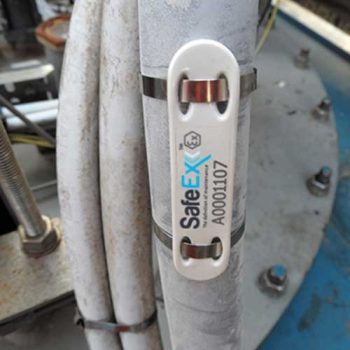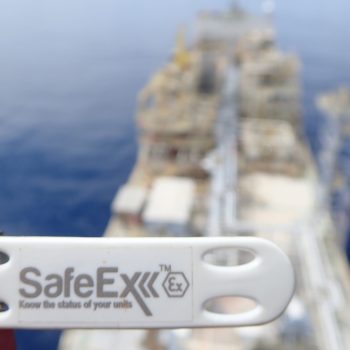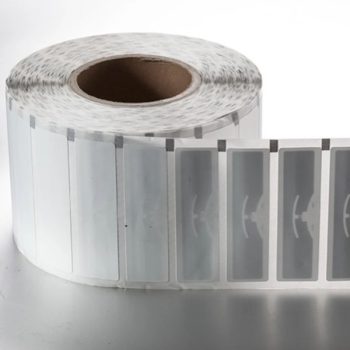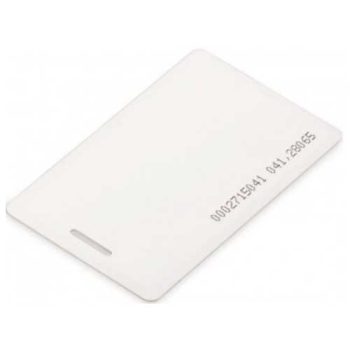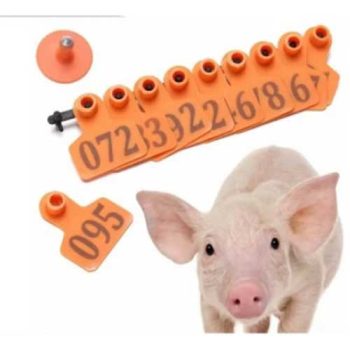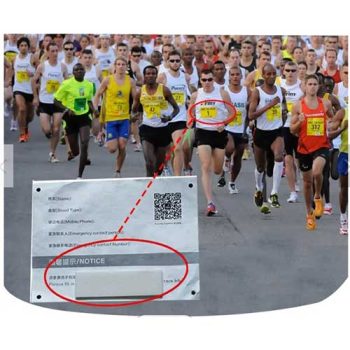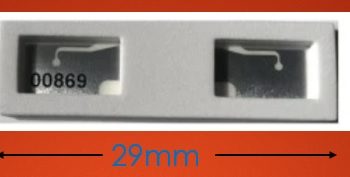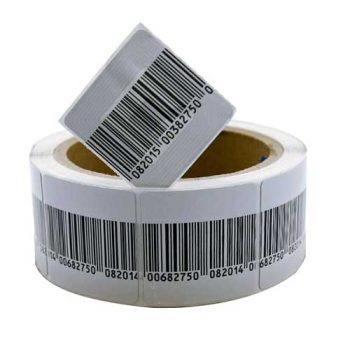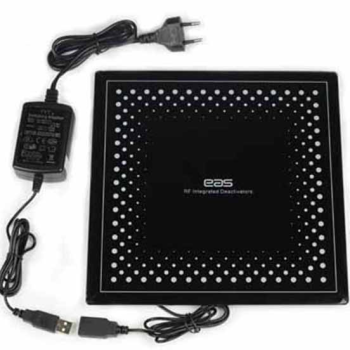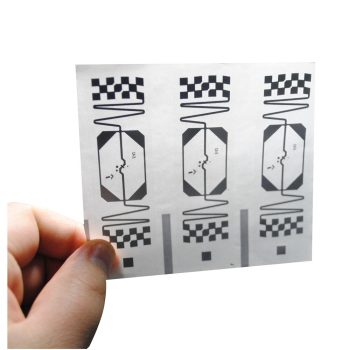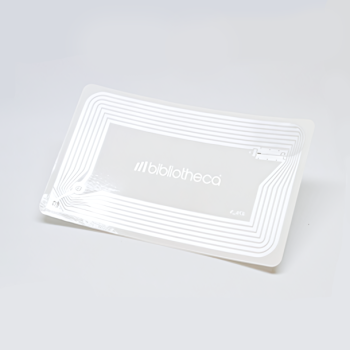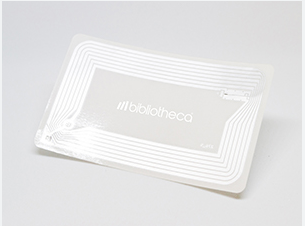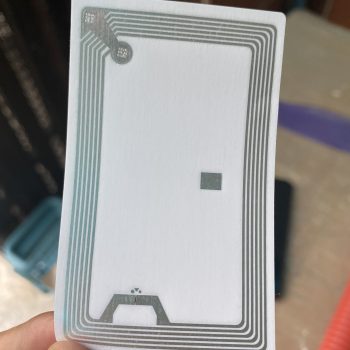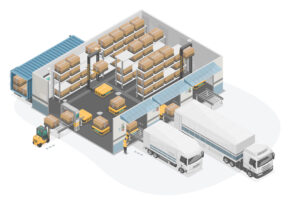Walmart, the retail giant, has pioneered the application of RFID technology to optimize business operations, manage inventory, and enhance the customer experience. The combination of RFID and Walmart is seen as a breakthrough in the retail industry, opening up great potential for the application of RFID technology. To understand how Walmart uses RFID technology, read the following information from IT Nam Viet!
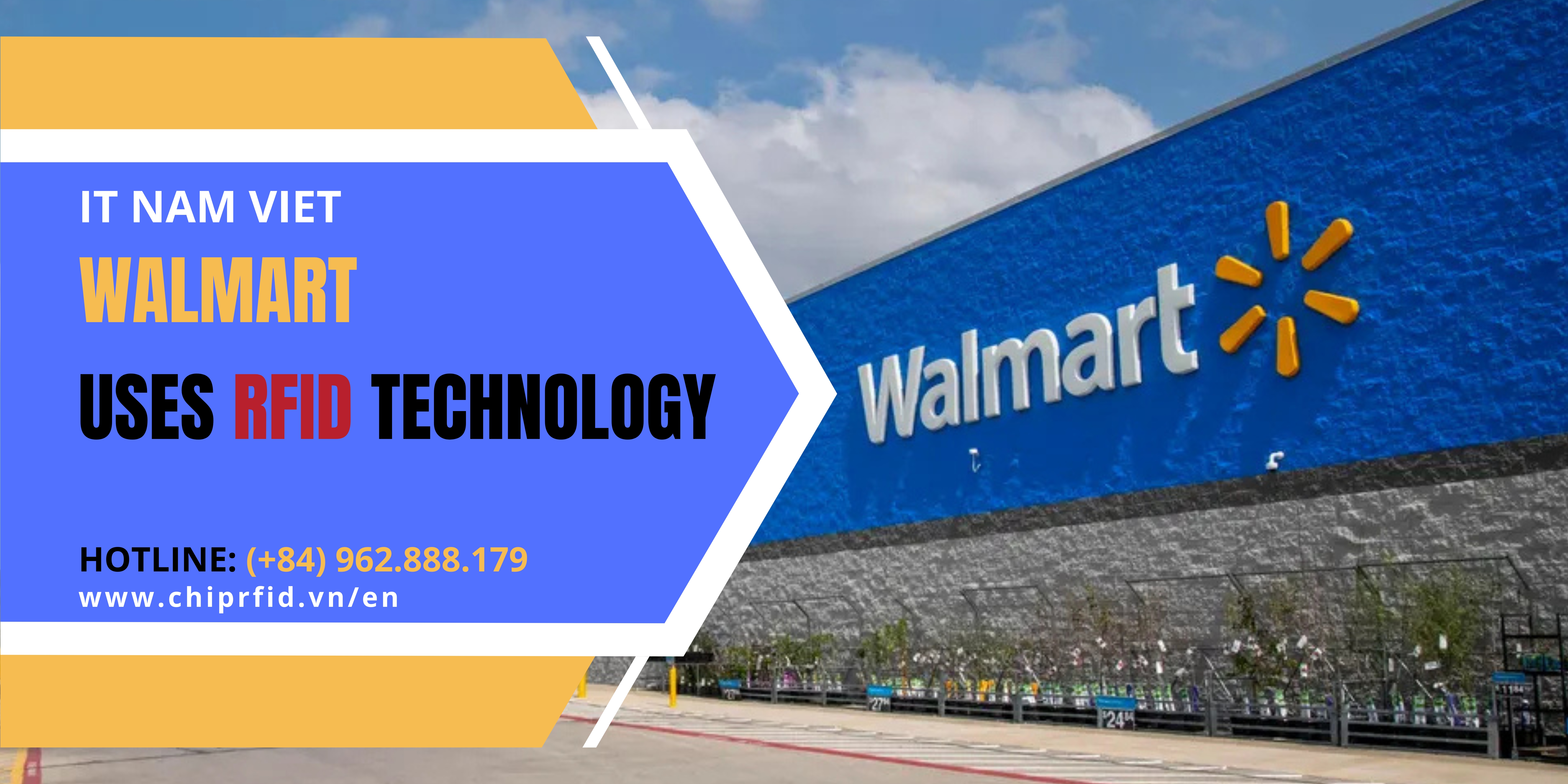
Introducing the Retail Giant: Walmart
Walmart is a powerful name, dubbed the “giant” or “behemoth” of the global retail industry. With its widespread influence, Walmart has been reshaping the way millions of consumers around the world shop.
Founded in 1962 by Sam Walton, Walmart operates through four divisions: Walmart U.S., Walmart International, Sam’s Club, and Global eCommerce. The company offers various retail formats 1 across these divisions, including supercenters, supermarkets, hypermarkets, warehouse clubs, cash-and-carry stores, electronics stores, restaurants, apparel stores, drugstores, and convenience stores.
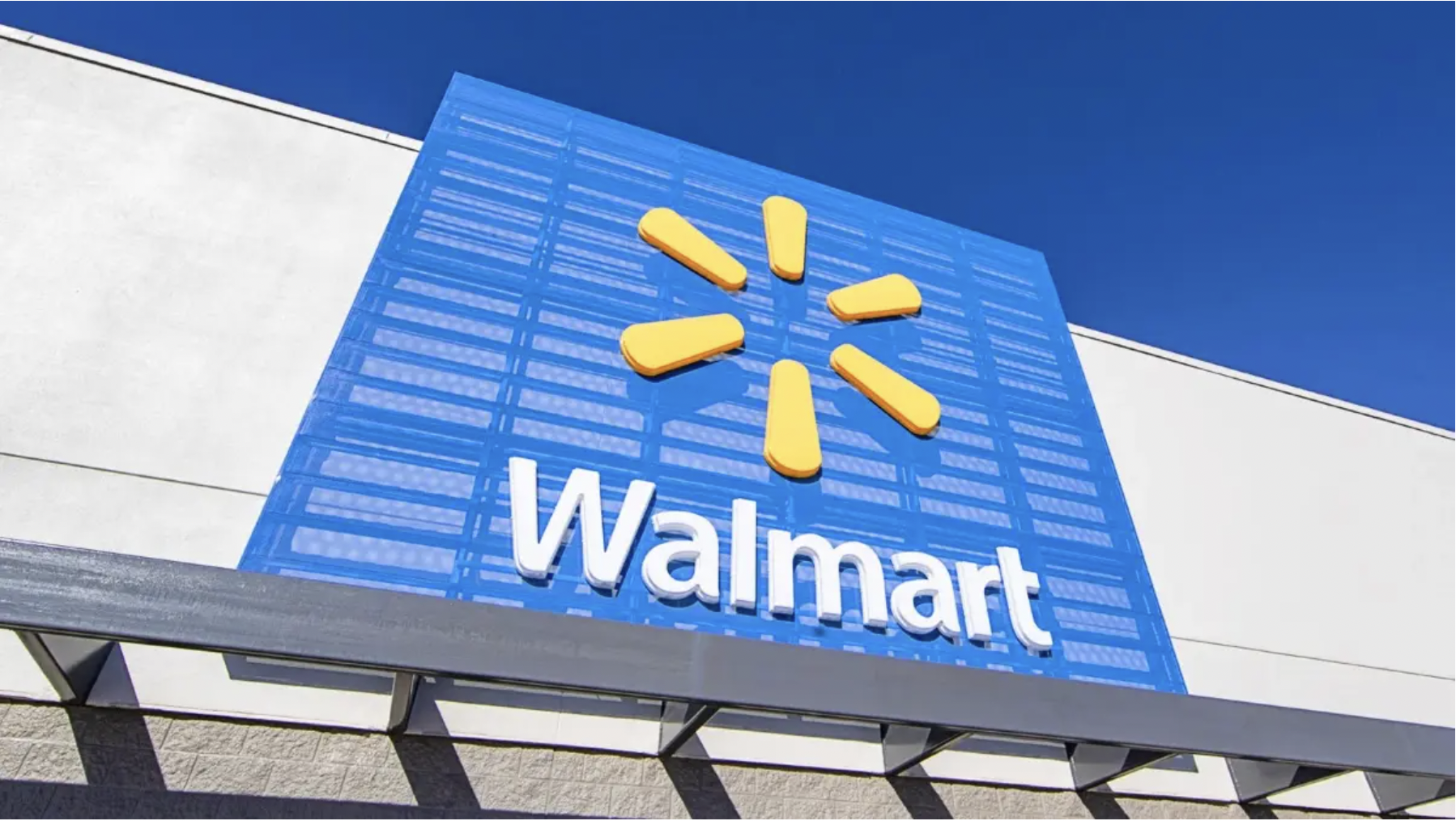
From a single store, within 5 years, the company expanded to 18 stores in Arkansas and reached $9 million in revenue. Thanks to its business strategy and focus on customer experience, Walmart rapidly expanded and became the largest retailer in the United States by the 1990s.
Walmart began its global expansion in 1991, establishing a presence in countries like Canada, Puerto Rico, Argentina, Brazil, China, Germany, Mexico, South Korea, the United Kingdom, and more. According to Statista’s ranking in 2021, Walmart was the world’s largest retailer by revenue. Its estimated revenue in 2021 was $572.75 billion, far surpassing Amazon in second place with $239.15 billion.
As of March 31, 2023, Walmart had a total of approximately 10,623 retail stores worldwide, with 380 distribution centers (in total, Walmart operates 11,003 stores). The multinational corporation has now become the world’s largest retailer.
Walmart boasts an optimized supply chain system that minimizes costs and ensures product availability, enhancing the customer experience. Walmart also focuses on applying advanced technology to retail, from warehouse management and payment processing to in-store shopping. A prime example is Walmart’s use of RFID technology in supply chain management. Of course, Walmart faced many challenges in implementing RFID, but ultimately, they were very successful.
Overall, Walmart is a titan of the global retail industry with an impressive history of growth, widespread influence, and a significant contribution to the global economy.
The Benefits RFID Brings to Retail Giant Walmart
Before implementing RFID systems in their retail management and operations, Rollin Ford, Walmart’s then Vice President of Logistics, stated: “We used to have to count each item, and scanning it was a problem. Now with RFID, we can read the entire pallet and know how many items the customer has ordered, from color to product status, making receiving much easier. RFID will also allow us to re-align the supply chain more quickly when dealing with events.”

RFID technology allows Walmart to track individual products in real-time, from the warehouse to the store shelves, providing accurate data on location, condition, and more. This enables efficient detection of any product loss. Moreover, RFID technology allows for automated and accurate inventory checks, saving time and effort, and optimizing labor costs.
Furthermore, RFID helps Walmart track goods during the shipping process, from suppliers to distribution centers and stores, ensuring that goods are delivered to the right place at the right time. Notably, the implementation of the RFID system helps Walmart maintain its competitive position in the retail market, optimize business operations, and enhance the customer experience.
It is known that several other retailers have also recently applied RFID in their supply chain management, such as Target (in 2016); H&M (in 2021); Nordstrom (in 2022); and Macy’s (in 2022). To date, RFID has been proven to be the best technology for providing accurate information on inventory levels for retailers, and of course, Walmart is no exception.
Walmart’s Vision for RFID Implementation
Back in 2003, most individuals, organizations, and businesses were still relatively unfamiliar with RFID technology and its applications in everyday life. However, it was during this time that Walmart announced that its top 100 suppliers would be required to tag cases and pallets of goods with RFID tags. This bold move came a year after they had already begun piloting an RFID-enabled warehouse system with 7 stores in Texas and 8 distributors.
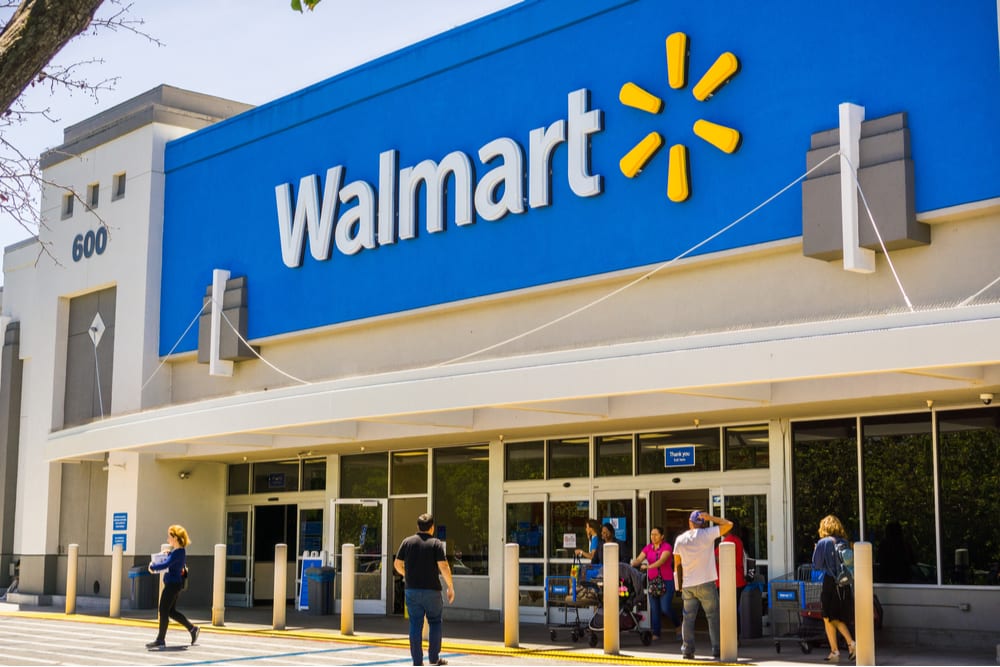
Furthermore, electronic devices such as televisions and speakers were required to have individual RFID tags. Why? Because these items were high-value and expensive at the time. Subsequently, the number of goods using RFID tags increased significantly, and Walmart worked to perfect its RFID warehouse system by 2006.
It’s worth noting that after Walmart made this announcement, several other retailers also began implementing RFID systems in their warehouse management and supply chain management, including Best Buy, Target, and Home Depot in the US, and Tesco and Metro in Europe.
How Walmart Uses RFID Technology
In 2022, retail giant Walmart announced plans to expand its use of Radio Frequency Identification (RFID) technology beyond apparel to include other key retail departments.
RFID Tagged Items Required by Suppliers
Before September 2, 2022, Walmart suppliers were required to apply RFID tags to the tag or packaging for all products in the following categories:
- Apparel (already required)
- Bath and Shower
- Bedding
- Electronics
- Furniture
- Home Decor
- Kitchen and Dining
- Storage and Organization
- Toys
Refer to the types of RFID tags distributed by IT Nam Viet below:
RFID Tagging Deadlines for Walmart Suppliers
- The deadline to send RFID tag samples to Auburn University was 03/06/2022.
- All products tagged with RFID must arrive at the corresponding distribution center before 17/08/2022.
- All products arriving at Walmart must be tagged with RFID before 02/09/2022.
Walmart’s RFID Tag Specification Requirements
Walmart will require suppliers to use Gen 2 UF RFID tags. These tags have a frequency of 902-928MHz. Besides, the requirement for RFID tag size will differ depending on the specific item. The requirement for tag size will differ depending on the department of the item.

Difficulties Walmart Faced When Implementing RFID
Although RFID technology has brought significant benefits to the development of Walmart’s retail system, at that time, the application of RFID in managing and operating Walmart’s supply chain encountered many difficulties, including:
RFID costs: At that time, the cost of deploying and investing in an RFID system was very high. This seemed to have become quite a big pressure for the giant Walmart at the time.
Readability: In some Walmart warehouses, reading tags encountered many difficulties due to signal interference from metal materials or liquids. Currently, with the improvement and development of the RFID system, the problem of interference can be overcome by using special metal-resistant RFID tags. According to the figures, the accurate reading rate of RFID is up to 99-100%.
The issue of cooperation between the supplier and Walmart: This is a new technology system, therefore, when deploying RFID, both the supplier and Walmart could not clearly decide which party was responsible for purchasing RFID tags. Later, the cost of RFID tags was added to the product price when the goods were on the shelves.
RFID labels can fall off the pallet of goods: At that time, the quality of RFID tags was not 100% guaranteed, the tags could easily fall off the pallet of goods, affecting the inventory and management. This problem has been perfectly handled at the present time, the adhesive can withstand specific industrial environments such as chemicals or humid environments.
Regarding employees: Initially, when RFID was not widely applied, Walmart employees were not used to using the system, at that time, Walmart needed to have training time and for employees to adapt.

In reality, every beginning is very difficult, however, with its position as a large corporation, a giant in the retail industry, Walmart has enough budget to implement RFID comprehensively. With persistence and effort, Walmart has overcome difficulties and achieved considerable success in applying RFID.
Walmart’s Success in Effectively Applying RFID
Walmart, the retail “giant”, has achieved many significant successes in applying RFID solutions to its business operations. According to a study by the University of Arkansas, Walmart stores using RFID have a 16% lower out-of-stock rate than stores that do not implement the RFID system. Besides that, RFID has also helped Walmart increase inventory accuracy from about 60% to 90%. Notably, RFID has also improved receiving time by up to 90%, ensuring satisfaction and enhancing a convenient shopping experience for customers.

RFID helps Walmart improve overall operational efficiency, reduce costs, and increase profits. The application of RFID helps Walmart maintain its “TOP 1” competitive position in the global retail market. RFID has also helped Walmart manage its supply chain sustainably, minimizing environmental impact.
In short, Walmart’s success in applying RFID is a clear testament to the strategic vision, methodical investment, and continuous efforts of the retail giant. Walmart is also an ideal “role model” for other businesses in applying advanced technology to improve and enhance service quality, creating value for consumers.
Video of inventory checking using RFID in Walmart
The Important Role of RFID Technology in Today’s Retail Industry
The following figures speak for themselves and confirm the important role of RFID technology in today’s retail industry:
Increased Inventory Accuracy: According to research from Auburn University’s RFID Lab, a traditional retailer without RFID can achieve SKU-level accuracy of about 60%. Meanwhile, RFID has been proven to increase that visibility to approximately 99%.
Improved Shipping and Picking Accuracy: RFID has brought an 80% improvement in the accuracy of shipping and picking operations.
Faster Receiving Times: RFID has improved receiving times by up to 90%.
Real-Time Product Tracking: RFID allows for real-time tracking of each product, from warehouse to shelf, helping the unit accurately grasp the quantity and location of each item. Besides that, RFID automates the enterprise’s inventory process, helping to optimize time and personnel, increase accuracy, and of course, minimize human error.
Automated Alerts and Optimized Operations: The RFID system can automatically alert when the quantity of goods decreases, thereby providing appropriate adjustments to avoid stockouts, ensuring the best shopping experience for customers. On the other hand, RFID helps optimize the arrangement, storage, and import and export of goods, thereby significantly reducing time. In particular, customers can scan RFID tags to view detailed information about the origin, instructions for use, ingredients, and shelf life of the product.
Data-Driven Insights and Customer Experience: In addition, the RFID system allows businesses to collect data on customer shopping behavior, thereby developing strategies to help optimize the customer experience. RFID technology helps retail businesses adapt to market changes and meet all the stringent requirements from consumers.
The above is information related to how Walmart effectively uses RFID technology, which readers should refer to. If you need advice on RFID solutions, please contact IT Nam Viet via Hotline (+84) 962.888.179! We are a reputable RFID solution provider in Vietnam, specializing in distributing genuine RFID tags, RFID readers, barcode scanners, etc., at the best prices on the market. IT Nam Viet’s experienced staff will advise RFID solutions to suit your needs, dedicatedly, thoughtfully, and with the highest responsibility.
My name is Le Nam Viet, currently FOUNDER & CEO of Nam Viet IT Company, I graduated from Ho Chi Minh Polytechnic University. I have more than 3 years of experience providing RFID chip technology solutions, RFID scanners, barcode labels and barcode readers. It’s a pleasure to share my knowledge with readers.



 Tiếng Việt
Tiếng Việt